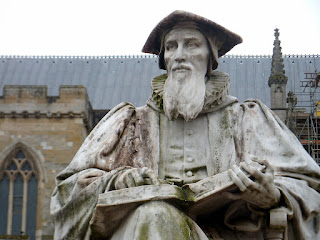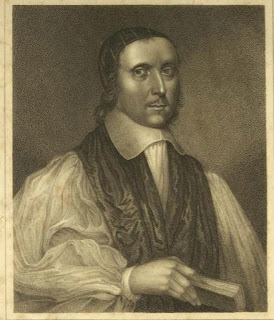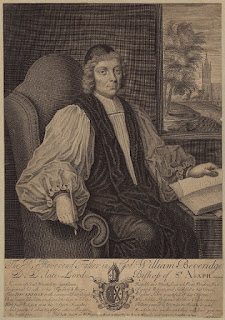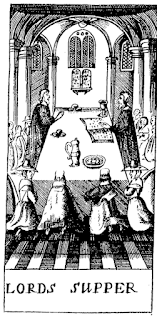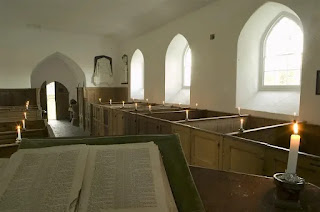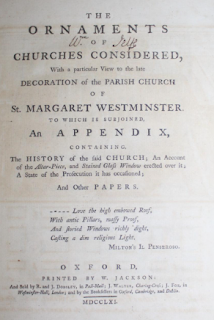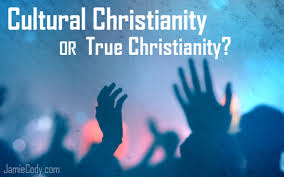'Clear proof, practical evidence': George Bull and Trinitarian minimalism

From A Vindication of the Church of England (published posthumously in 1719) by George Bull (received episcopal orders in 1651, during the Interregnum; Bishop of St. Davids, 1705-10), another significant feature of Trinitarian minimalism - the belief that Baptism in the Name of the Holy Trinity and the Trinitarian doxology in the liturgy is sufficient to sustain saving Trinitarian faith: for as long as the sacrament of Baptism, as it was appointed by Christ to be administered, in the name of the Father, the Son, and the Holy Ghost, shall continue in the church, (that is, whilst the church shall continue,) as long as the doxology, or glorification of the Father, Son, and Holy Ghost together, (which was received in the catholic church in the very age that trod upon the heels of the apostles, as appears from the testimony of St. Justin Martyr and others,) shall retain a place in the Liturgy and public offices of the church, so long shall we not want a clear proof, and a practical evidenc...







